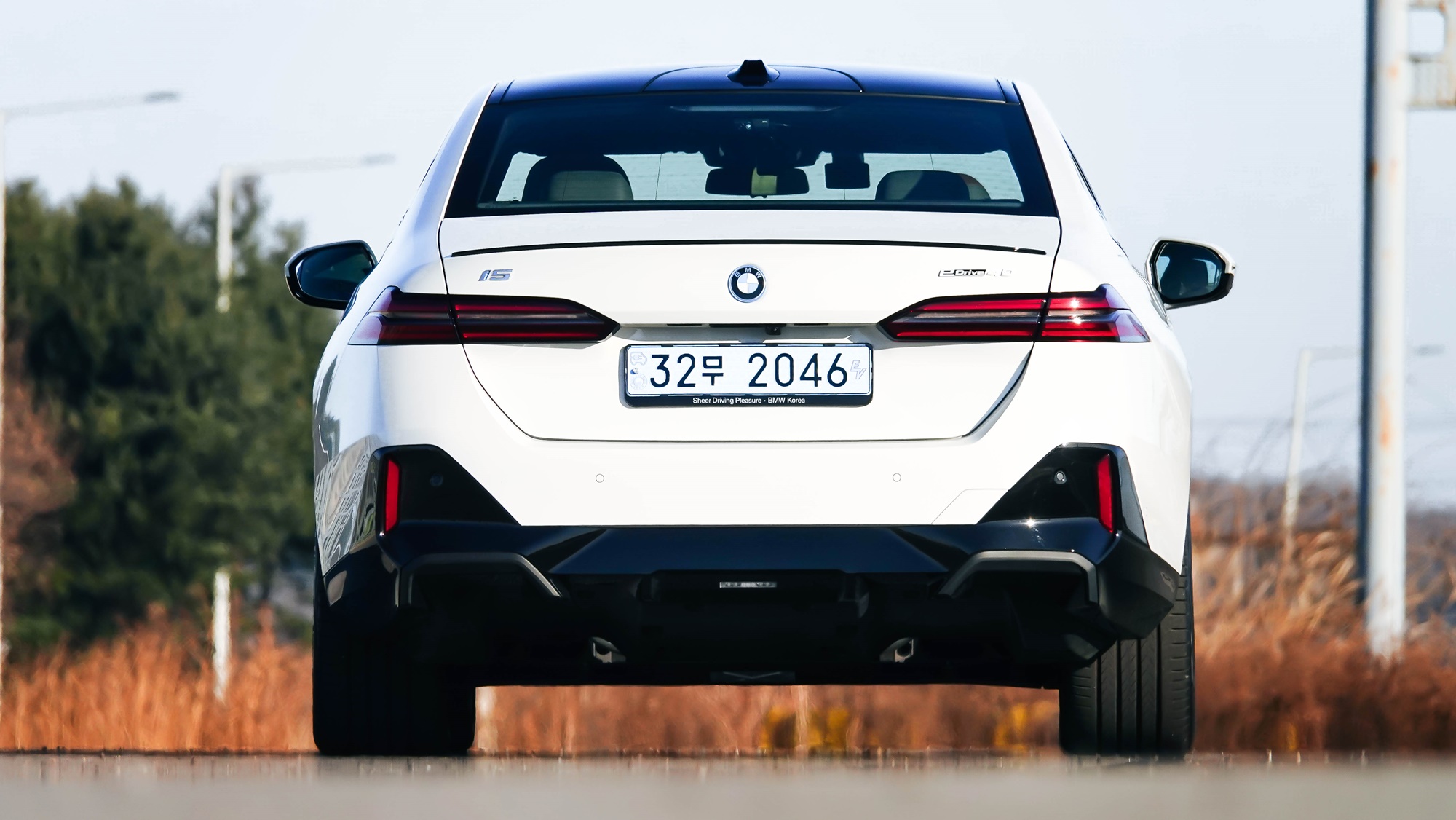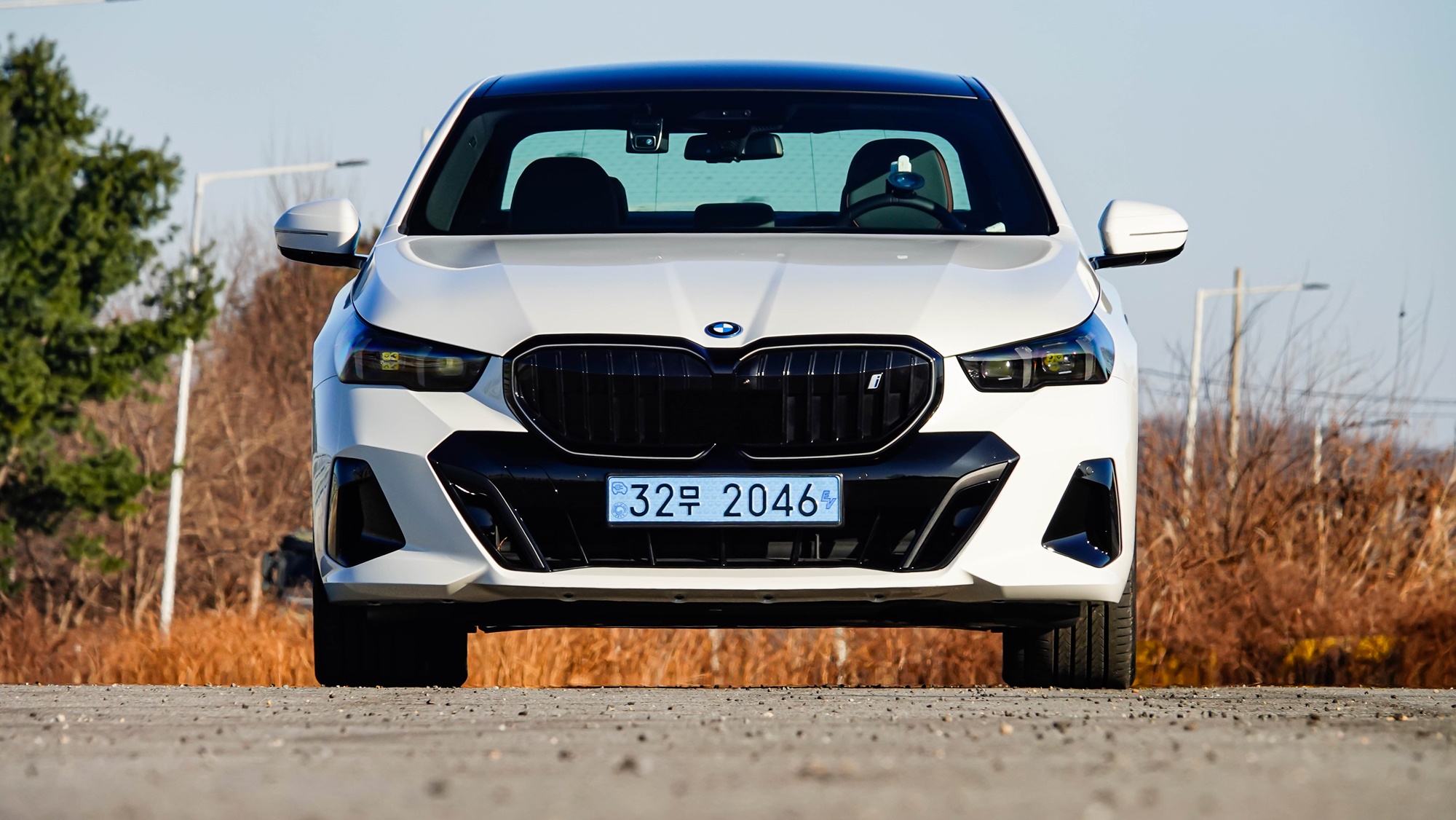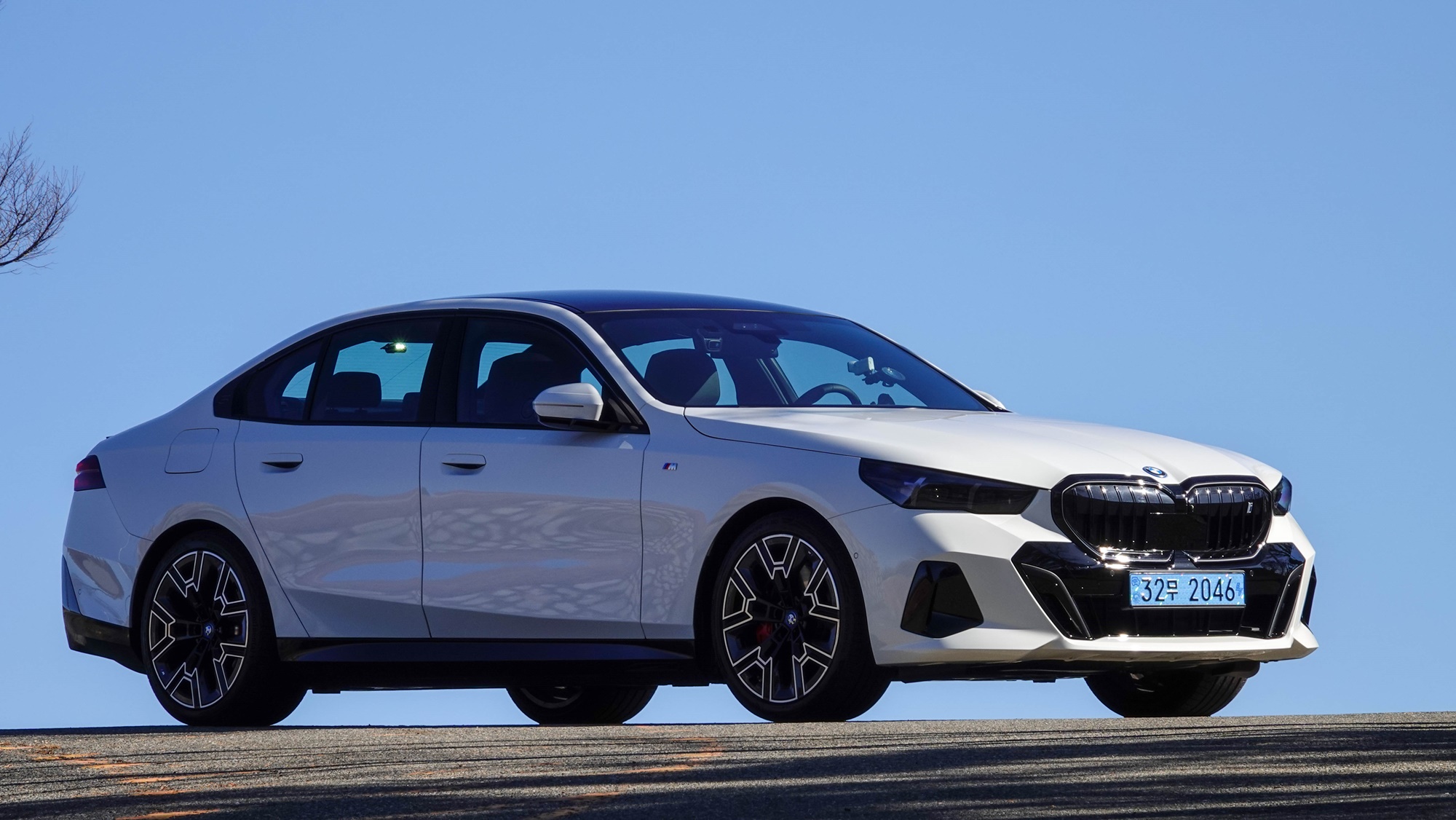
Sometimes, I find myself genuinely surprised. October was one of those times. BMW revealed the new 5 Series model for the first time in the world in Korea. This is not just a facelift or a continuation model; it is a full change model made its debut in Korea. This holds significant meaning. While I’ve occasionally heard compliments about the Korean market, I usually brush them off as mere lip service. But this time it felt genuine. BMW chose Korea as the place to unveil the ‘5 Series,’ especially its ‘full-change model.’ It’s uplifting news.
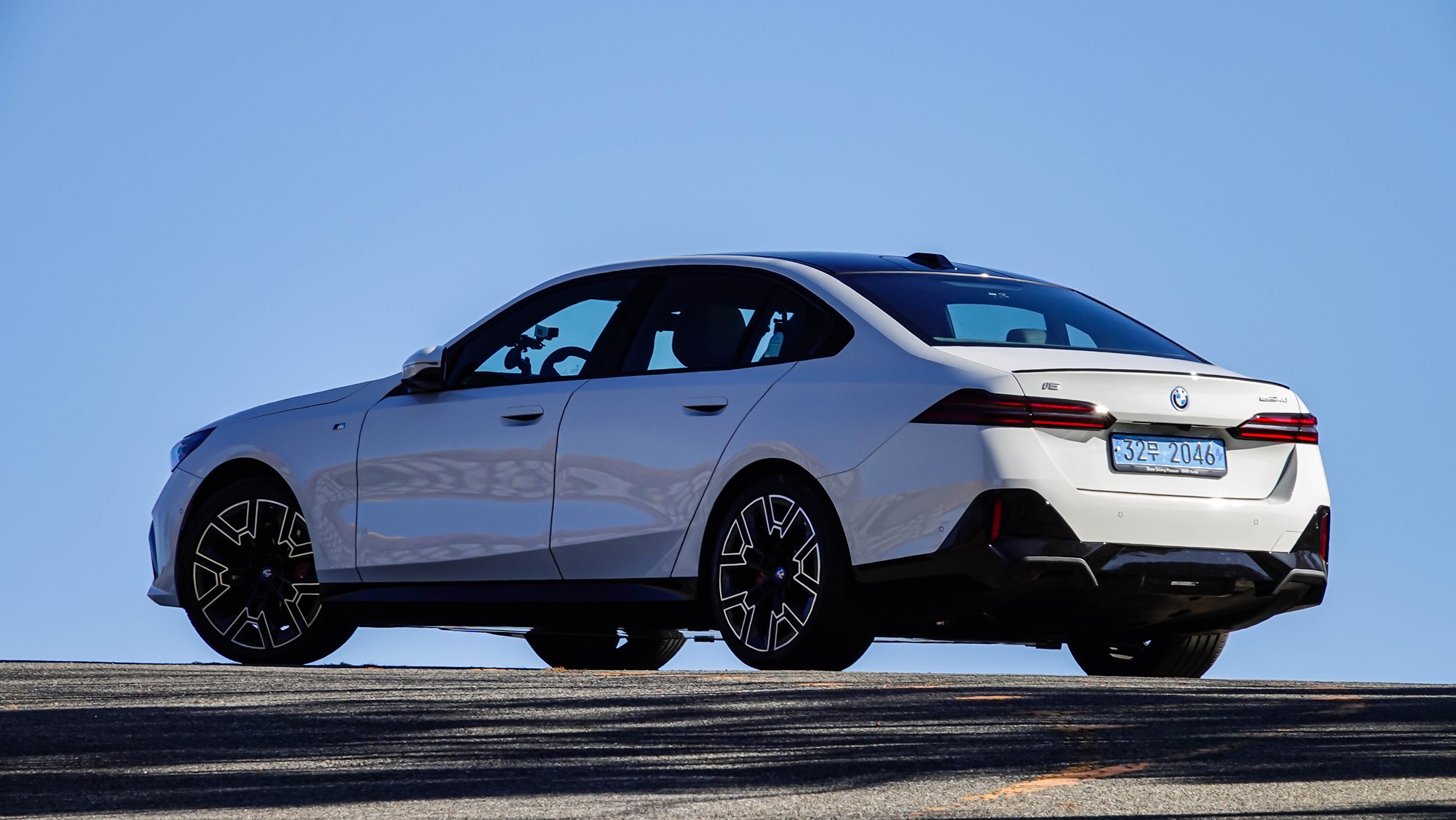
This is the 8th generation 5 Series, which has undergone a full change for the first time in 6 years. I chose the electric model i5 eDrive 40 as a test vehicle.
It revealed its larger body with a sophisticated design. Its length now exceeds 5m at 5,060mm, which is 90mm longer than before. The classification of the 5 Series as a mid-size sedan is now irrelevant. The width has grown to 1,900mm, an increase of 30mm, and the height to 1,515mm, a 35mm rise. The wheelbase has been extended by 20mm to 2,995mm.
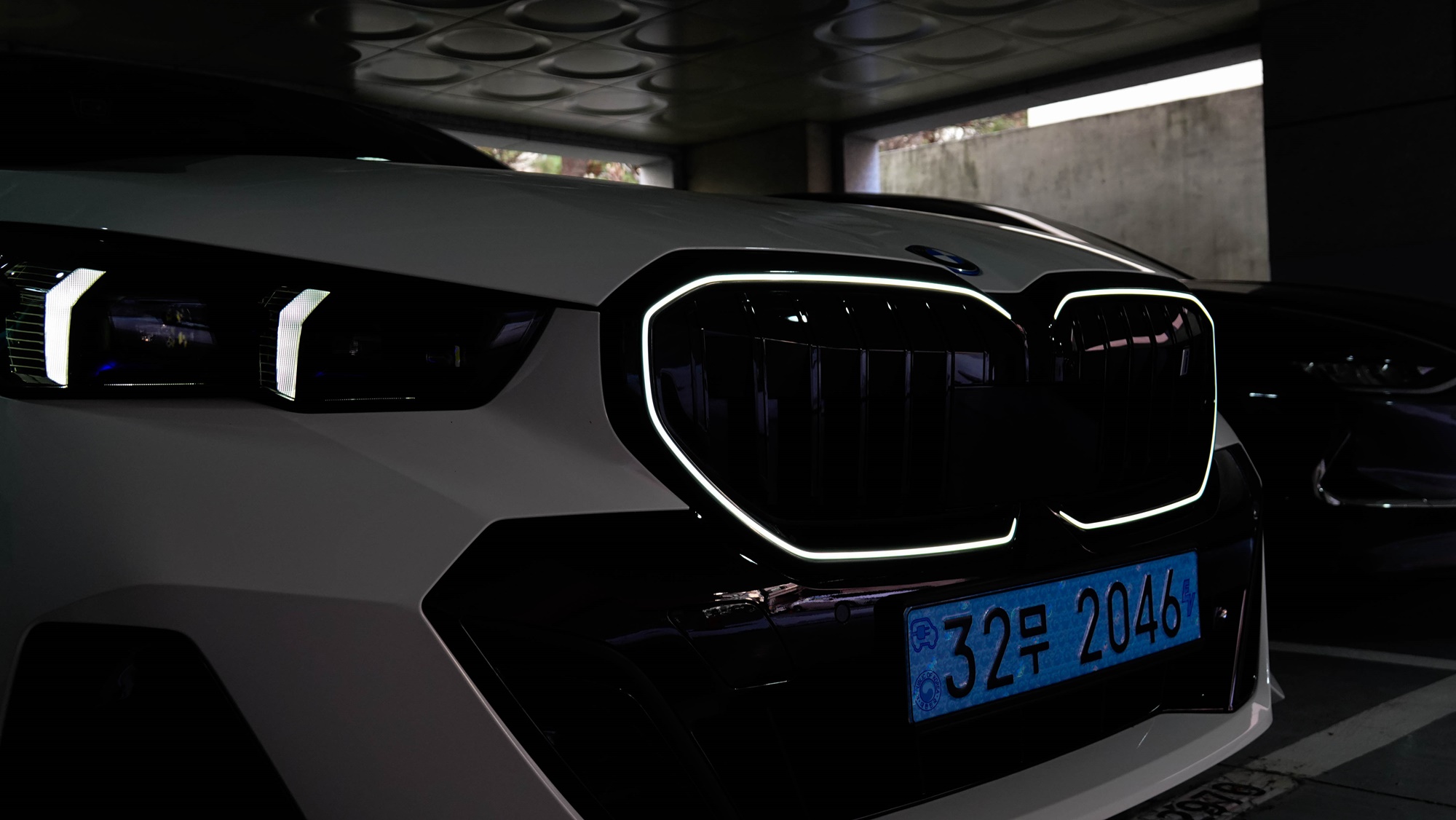
The Iconic Glow presents a clear line along the grille boundary, making its presence known. The daytime running lights, formed into outward-facing arrows, emphasize the wider body. The kink on the C-pillar has the number ‘5’ embossed into it.
It features a 12.3-inch instrument cluster and a 14.9-inch control display, creating a curved display. The dashboard is dominated by this curved display, with buttons removed in favor of a touch screen, moving all buttons below.
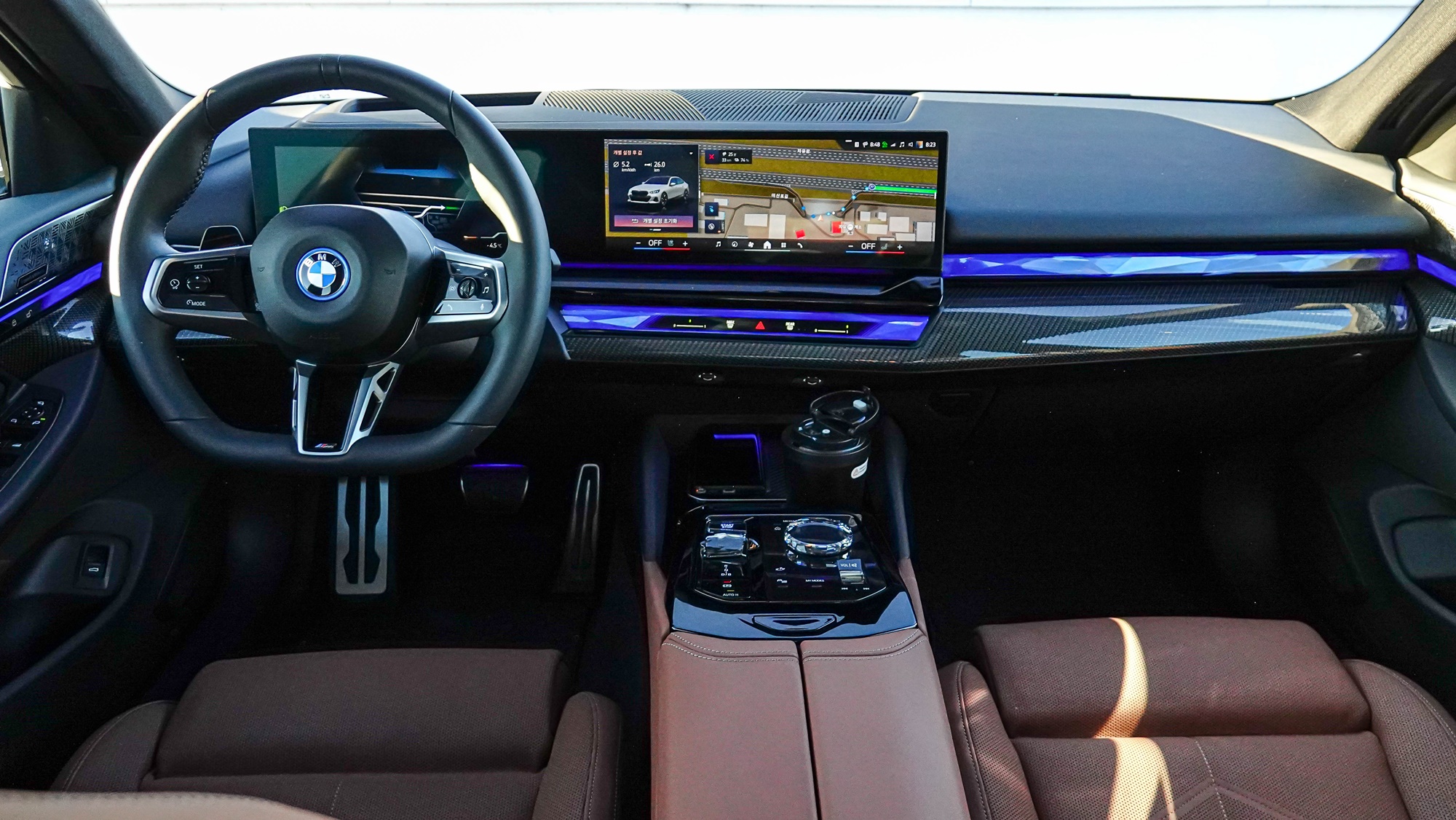
The lighting is overwhelming inside the cabin. Subtle lighting surrounds the interior with bold surfaces. Lighting has become a crucial element in interior design. The gear lever and the haptic feedback control panel use crystal materials, giving a sparkling jewel-like feel.
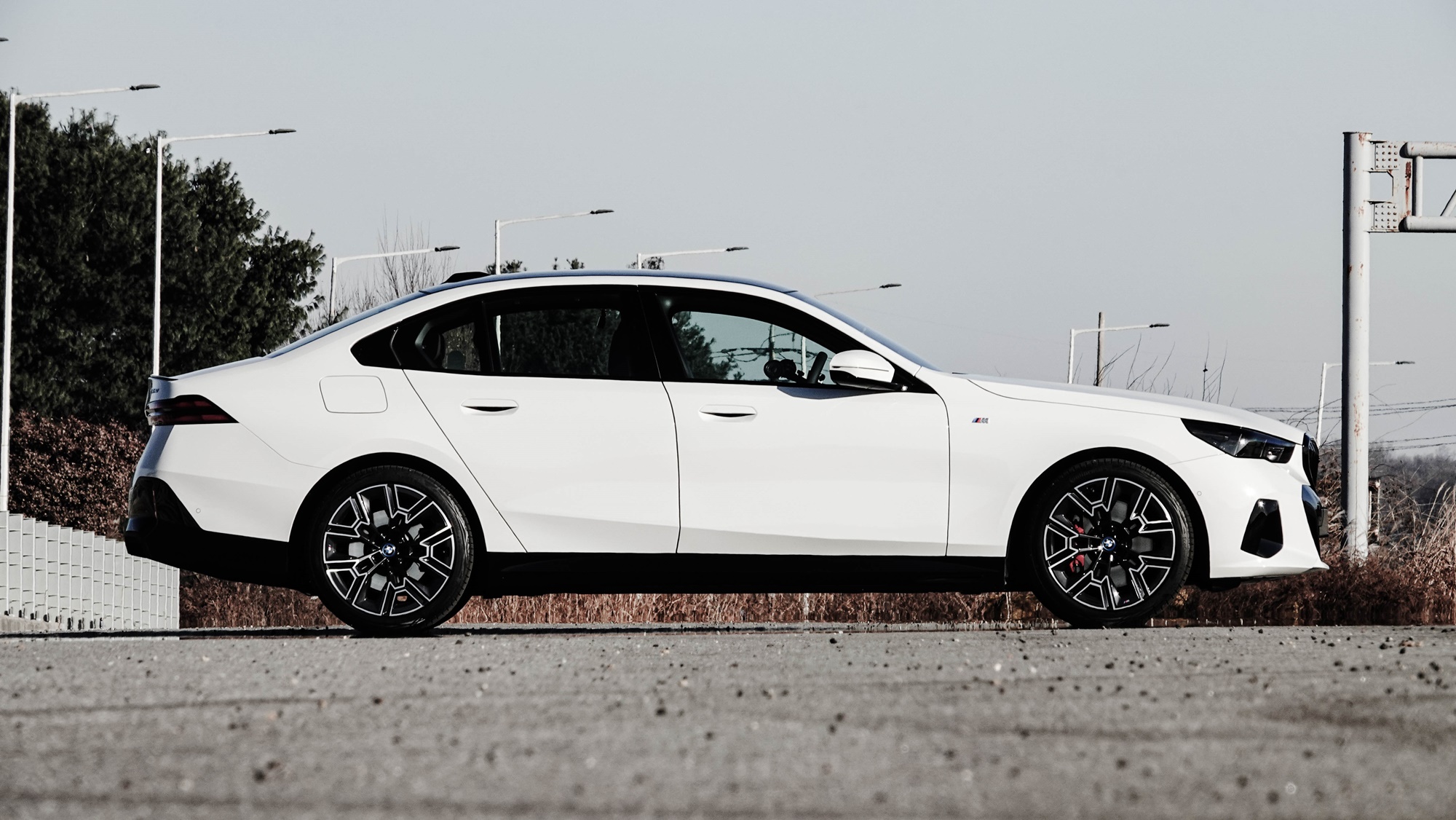
The i5 eDrive 40 is equipped with an 81.2kWh lithium-ion battery. One motor on the rear axle drives the rear wheels. It has a maximum output of 340 hp and a peak torque of 40.8 kg·m. The 340 hp clearly defines the character of this vehicle. It’s not just about extraordinary performance, but rather high performance that can be utilized in everyday life. The manufacturer states it can reach 100 km/h in just 6.0 seconds with its curb weight of 2,250 kg. 340 hp and 6 seconds—numbers that reflect a baseline for high performance.
I equipped the GPS device and conducted an acceleration test to reach 100 km/h. I recorded an impressive 5.97-second time. The slowest record was 6.26 seconds, showing little variation.
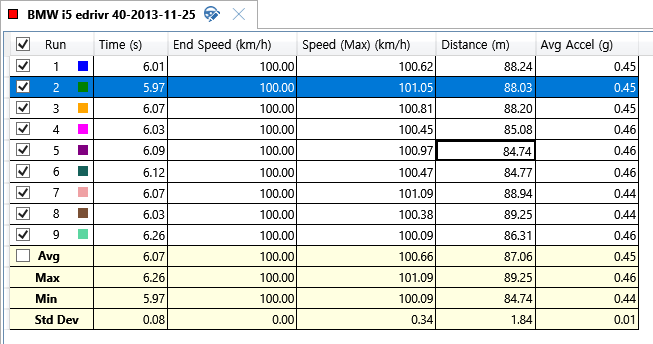
The driving stability is top-notch, requiring no further commentary. The performance was excellent. By placing the heaviest battery midship and driving the rear wheels, the driving characteristics were fundamentally secured. Even as I gradually increased the speed and transitioned to high-speed driving, it maintained remarkable stability, offering an experience of outstanding driving comfort spurred on by BMW’s engineering and the structural advantages of an electric vehicle.
The Iconic Sound serves as an audio effect to enhance a more dynamic feeling. Personally, I don’t prefer these artificially created sounds, but you can switch them off while driving. However, when accelerating, the wind noise increases, and the Iconic Sound effectively masks it with a pleasant sound, proving its merit during high-speed driving.
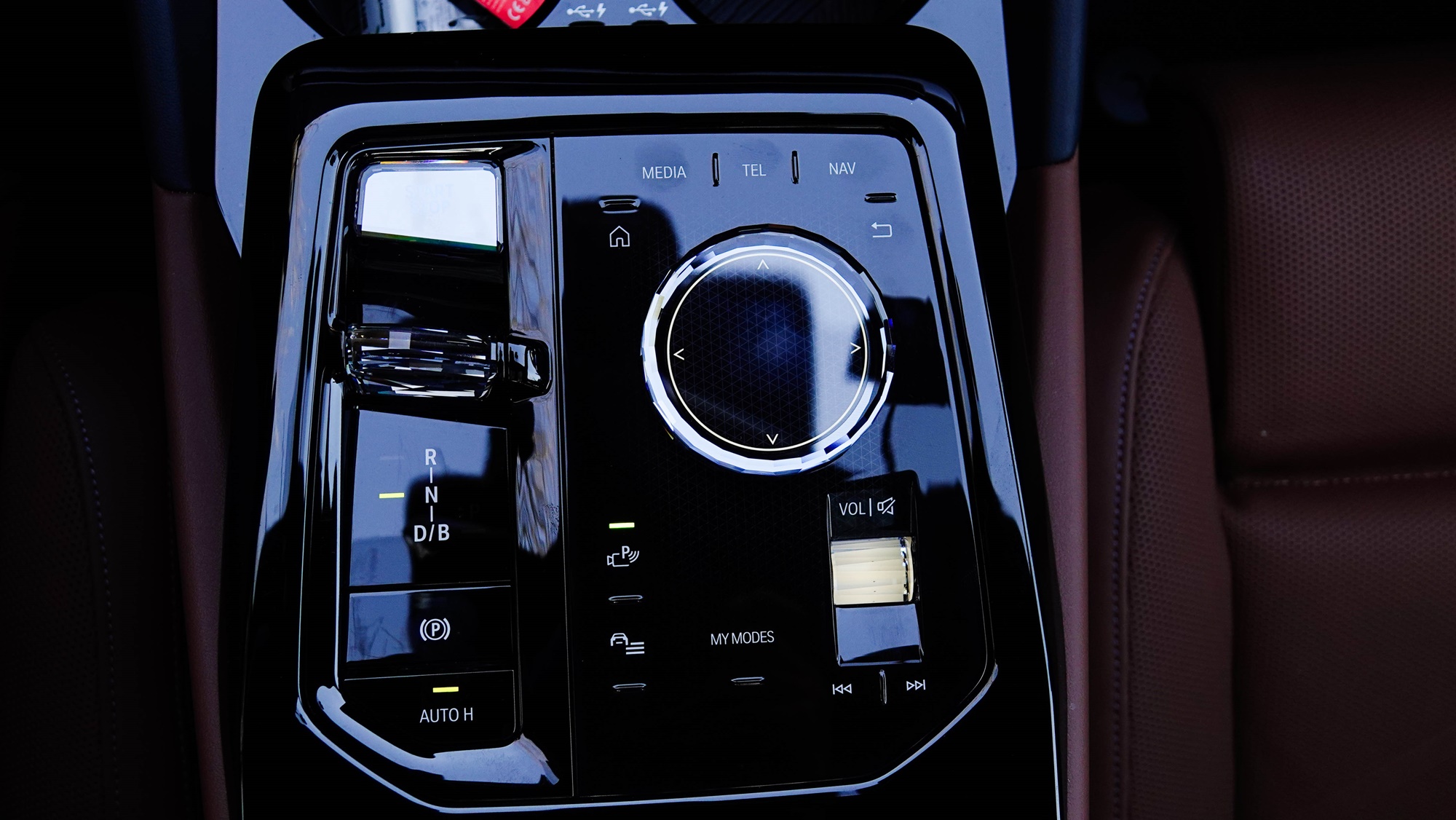
The single-charge driving range is certified at 385 km in Korea. According to BMW Korea, this was achieved with 21-inch tires. However, since the domestic sales will utilize 19 and 20-inch tires, their fuel efficiency should improve correspondingly.
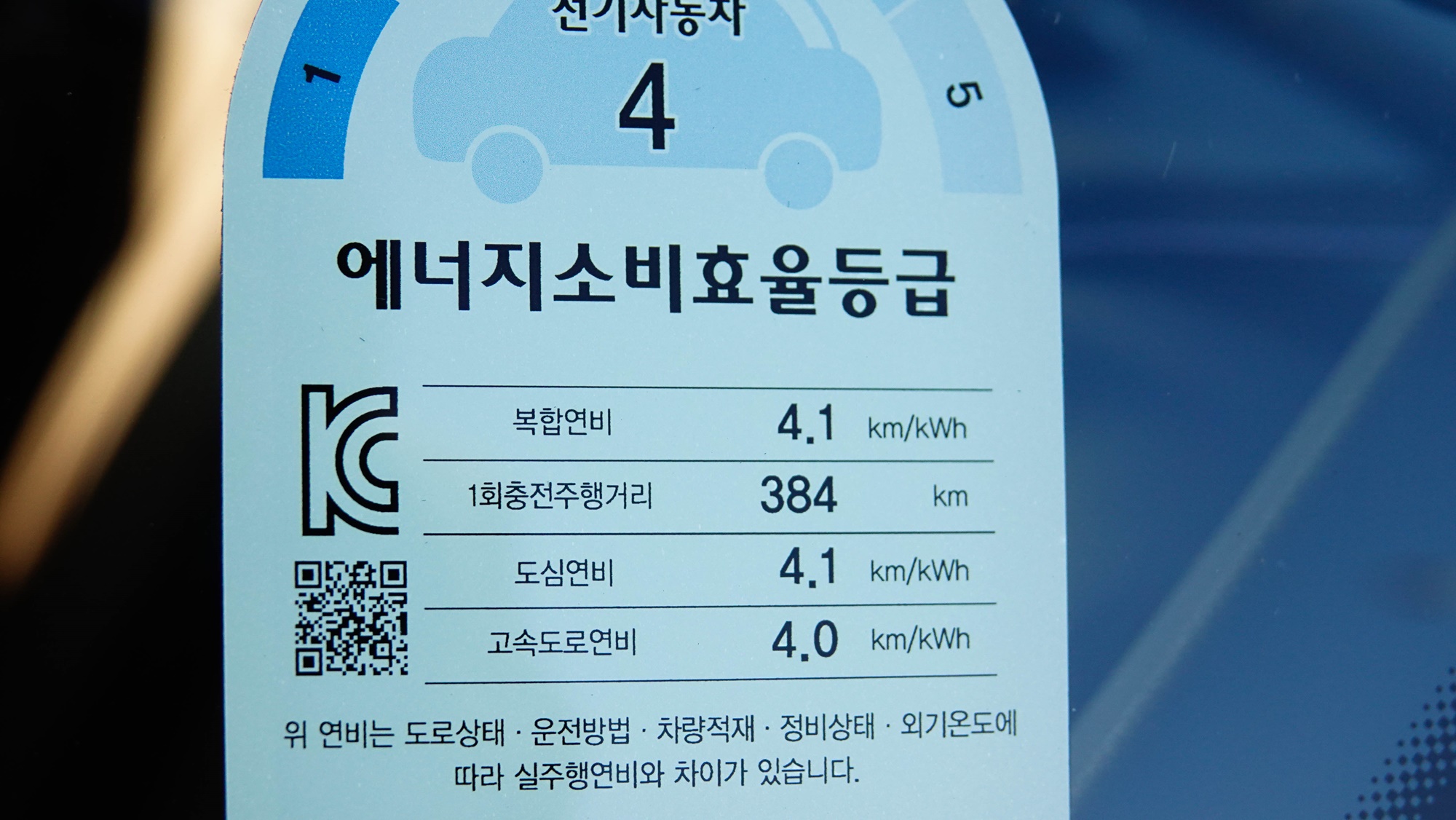

The fast charging capability supports up to 205 kW, but in temperatures as low as 0.5 degrees, it can only manage up to 86 kW. Thus, the charging speed decreases. The outdoor charger has reduced efficiency due to the cold weather. If charged inside, the efficiency would likely be higher due to warmer temperatures.
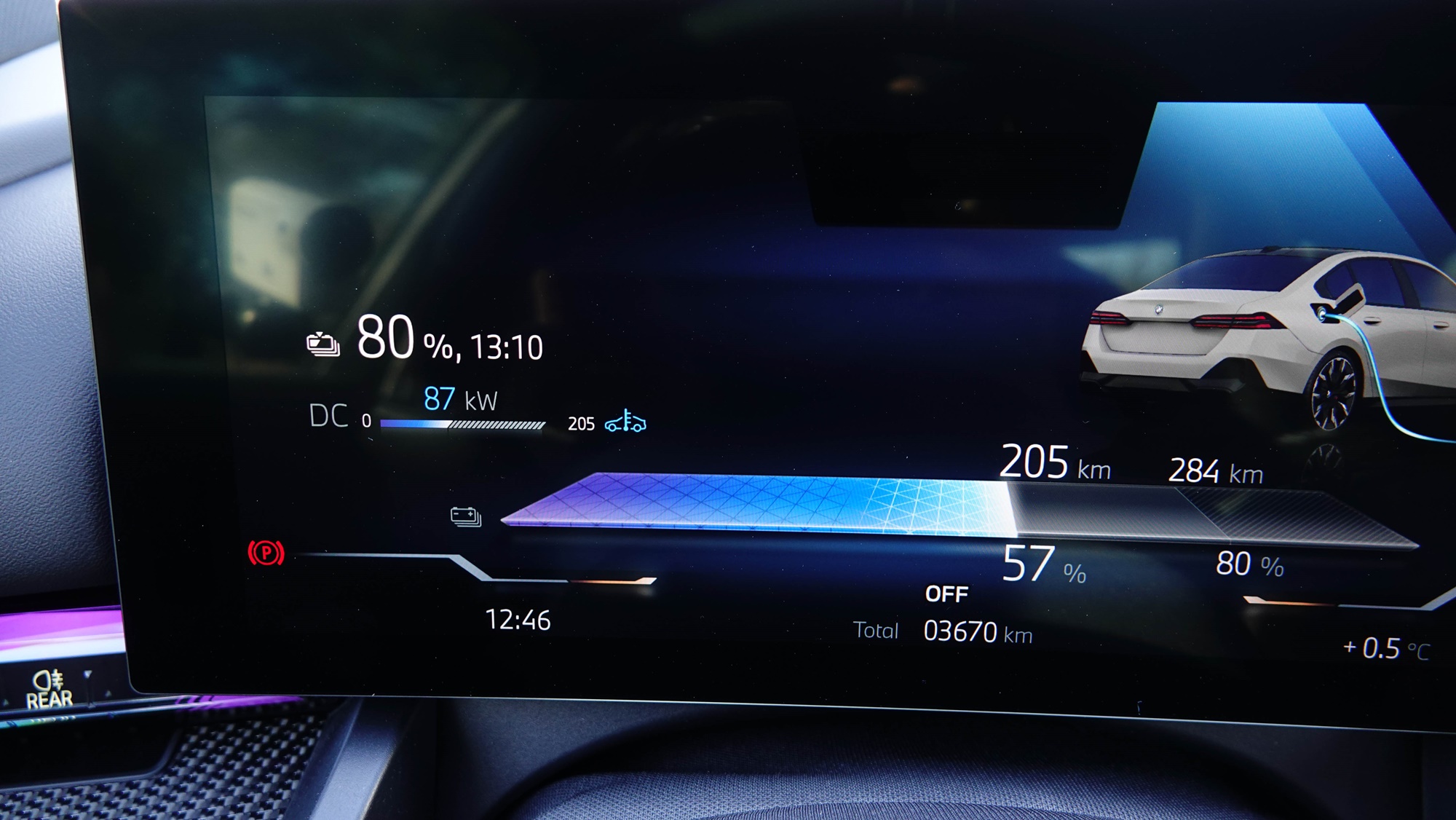
DC fast charging supports up to 205kW, and BMW claims you can charge from 10% to 80% in just 30 minutes under optimal conditions. AC slow charging supports up to 11 kW, taking about 8 hours and 15 minutes to charge from 0% to 100%.
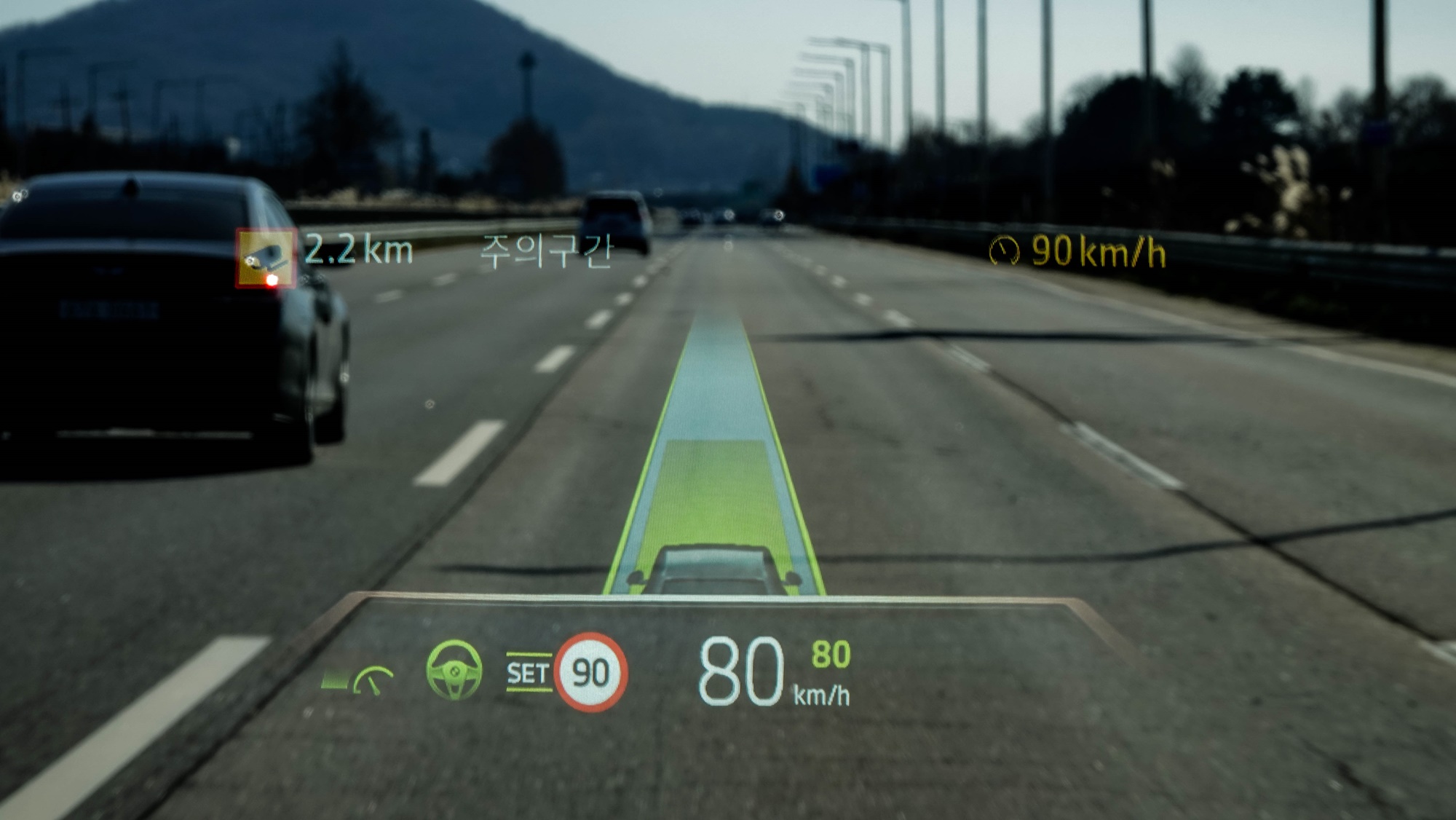
Many people obsess over the driving range of electric vehicles. Some even aspire to create vehicles that can travel 1,000 km, which is undoubtedly impressive, but is it necessary? If you increase the battery capacity for longer distances, it often leads to increased weight and reduced fuel efficiency. Charging times will also be longer. If the driving range is shorter, you can reduce battery weight for better fuel economy and faster charging. Personally, I believe that a driving range above 300km shouldn’t present a major issue; it ultimately depends on individual preferences.
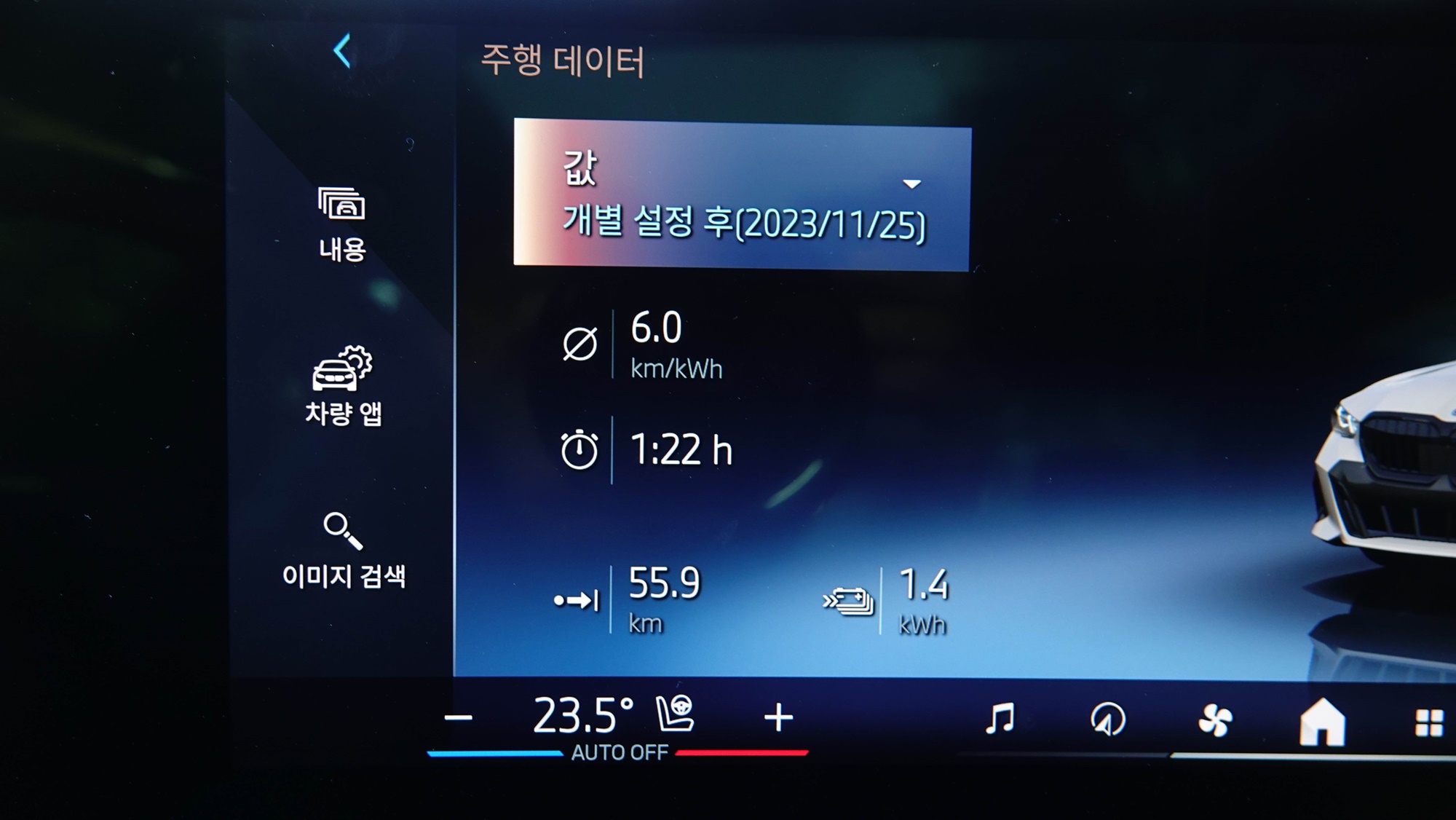
The Driving Assistant Professional has been further perfected. It seamlessly assists with stop-and-go, distance control, lane keep assist, and even lane changes.
It also supports parking. The Parking Assistant Professional feature enables automatic parking and storage of paths for up to 200m. By using a smartphone app, you can control the parking and operation from outside the vehicle. The tasks that the car can autonomously perform are increasing, leading to a growing leisure for the driver. However, it might also result in losing the joy of driving. Which side do you lean towards?
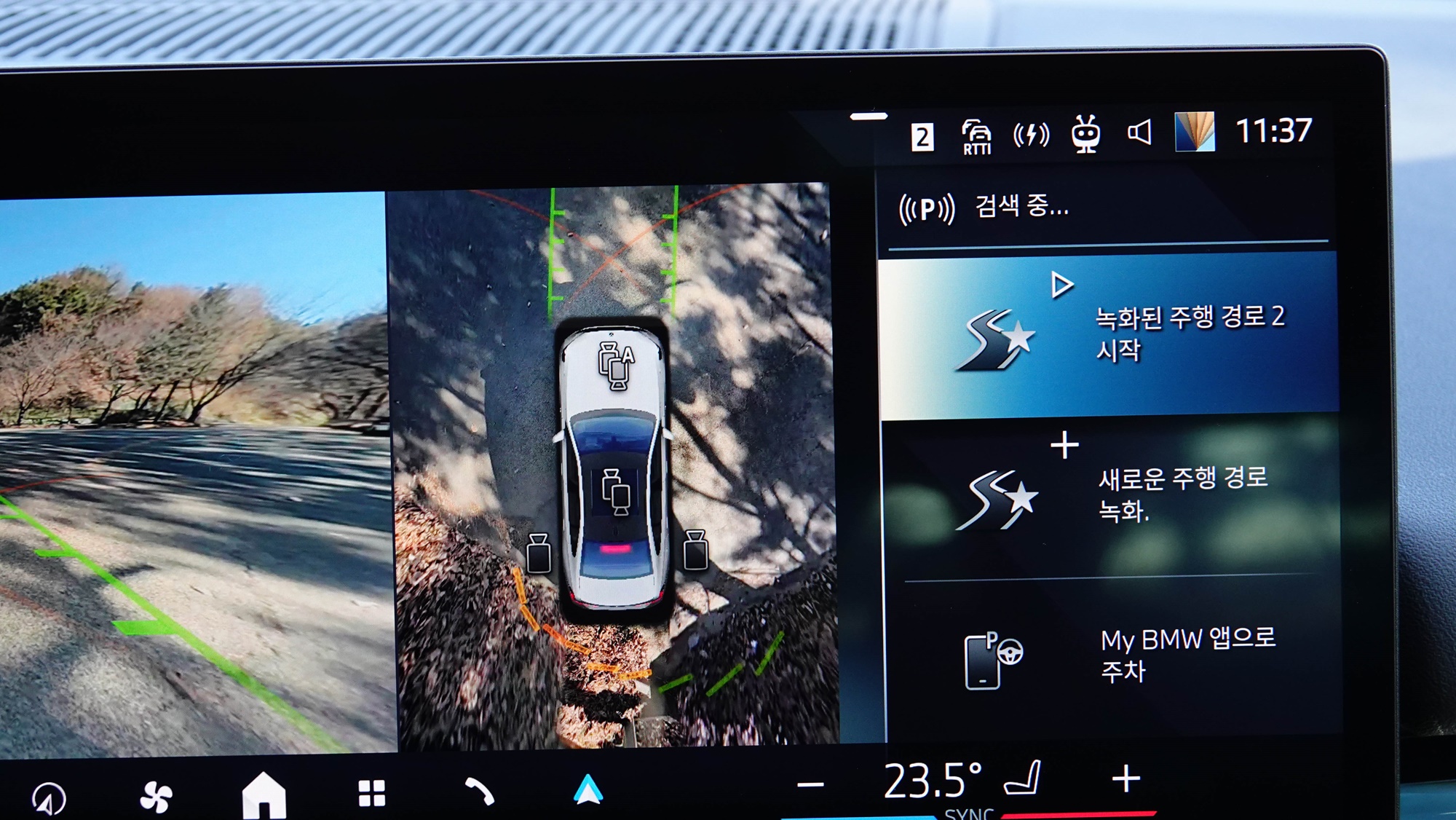
The selling price ranges from 93.9 million to 103.1 million won, making it eligible for a reduction of up to 1.4 million won in acquisition tax. There are no subsidies, which, in a way, makes it more comforting knowing you’re spending your own money.
Direct talk by Oh Jong-hoon
Once you activate Android Auto, the navigation map that was visible on the instrument panel disappears, leaving only direction indications. Maps operating on Android, such as T-map or Naver Maps, are not displayed, making Android Auto less convenient for use.
The space is somewhat restricted for an electric vehicle, particularly in the rear seats where the center tunnel rises high. This is because it’s not built on an electric vehicle-specific platform. Therefore, you shouldn’t expect the unique spaciousness characteristic of electric vehicles in this model.
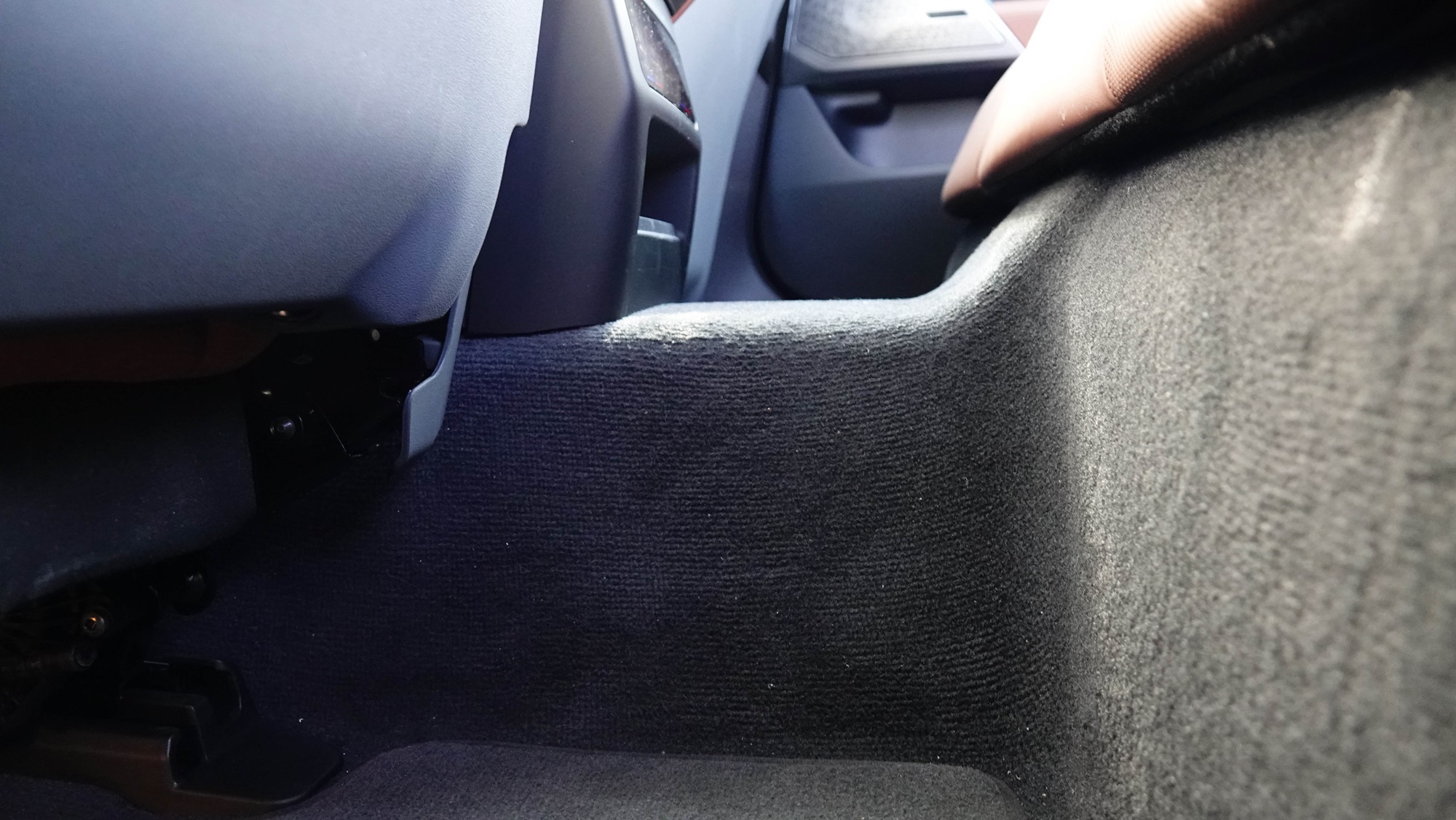
Oh Jong-hoon yes@autodiary.kr


